SubgraphGPT [by Chainstack] - AI-powered Subgraph Development
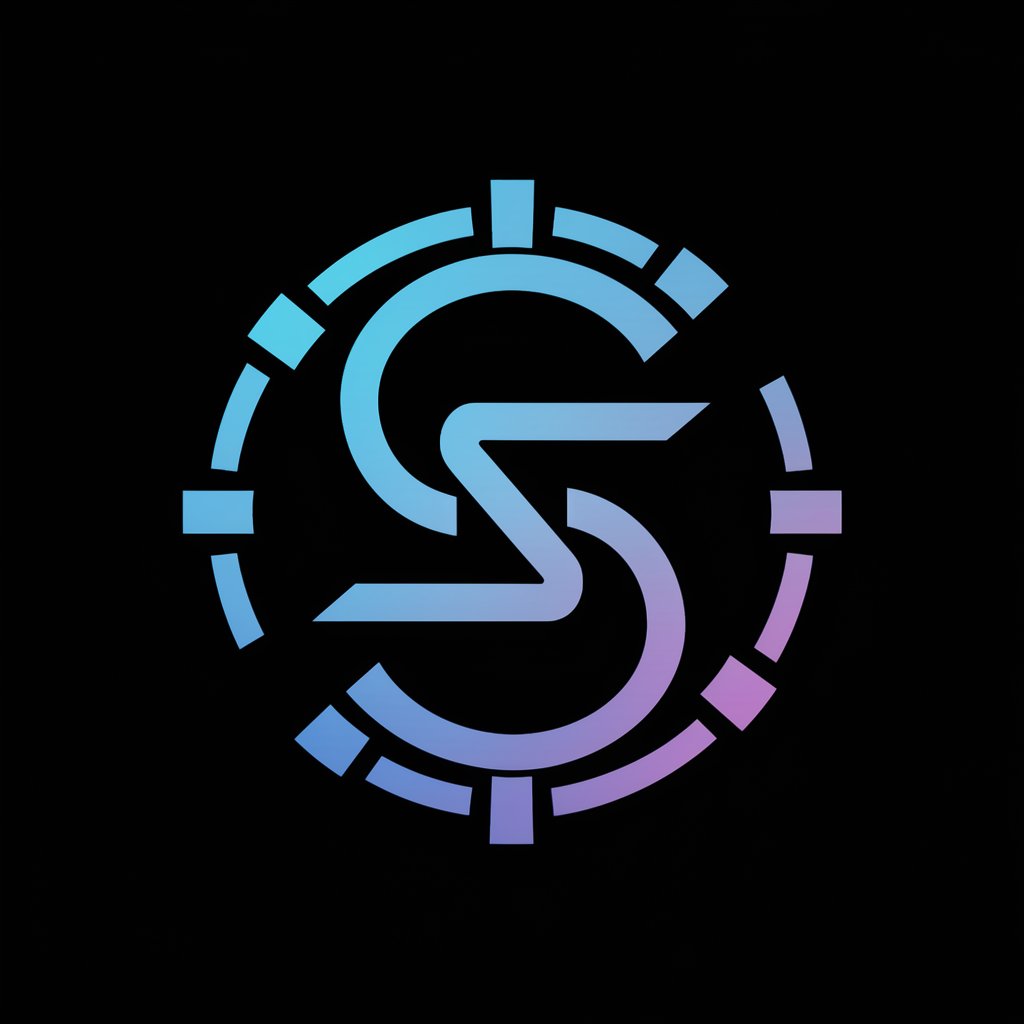
Hello, let's build efficient subgraphs together!
Optimize Subgraphs with AI Precision
How can I optimize my subgraph for performance?
What are the best practices for indexing data with The Graph?
Can you help me debug this error in my subgraph code?
What strategies can I use to minimize query costs in my subgraph?
Get Embed Code
Introduction to SubgraphGPT [by Chainstack]
SubgraphGPT, developed by Chainstack, is a specialized AI tool designed to assist developers in creating and optimizing subgraphs for The Graph protocol. Subgraphs are critical components that index blockchain data, making it easily accessible and queryable via GraphQL. The primary design purpose of SubgraphGPT is to provide developers with AI-powered assistance in writing, debugging, and deploying subgraph code effectively. This tool leverages advanced AI techniques to understand the intricacies of subgraph development, offering suggestions, code examples, and troubleshooting advice. For example, a developer struggling with schema definitions or GraphQL queries can receive tailored advice and examples on structuring their subgraph for optimal performance and accuracy. Powered by ChatGPT-4o。

Main Functions of SubgraphGPT [by Chainstack]
Code Generation and Optimization
Example
Automatically generating subgraph manifest files or GraphQL schema definitions based on project specifications.
Scenario
A developer inputs the basic parameters of their DApp's blockchain interactions, and SubgraphGPT generates a starting point for their subgraph's manifest file, including entities, fields, and data sources.
Debugging and Troubleshooting
Example
Identifying common errors in subgraph deployment and providing specific fixes.
Scenario
A user faces an issue where their subgraph fails to sync. SubgraphGPT analyzes the error logs and suggests that the issue may be due to a missing data source declaration, along with guidance on how to update the manifest.
Performance Optimization
Example
Advising on best practices for indexing speed and query efficiency.
Scenario
SubgraphGPT offers strategies to a developer looking to reduce query response times, such as optimizing GraphQL query structures or adjusting the subgraph's schema for more efficient data retrieval.
Ideal Users of SubgraphGPT [by Chainstack]
Blockchain Developers
Developers building decentralized applications (DApps) on blockchain platforms that require efficient data indexing and retrieval. They benefit from SubgraphGPT by streamlining the development process of subgraphs, which are essential for querying blockchain data in a performant way.
Data Scientists
Data professionals interested in analyzing blockchain data. SubgraphGPT assists in creating custom subgraphs for specific datasets, enabling complex analyses and insights into blockchain transactions and events.
Educators and Students
Individuals in academic or learning environments focusing on blockchain technology. SubgraphGPT serves as a learning tool to understand the principles of subgraph development and The Graph protocol, offering hands-on experience through guided code generation and optimization.

How to Use SubgraphGPT [by Chainstack]
Step 1
Visit yeschat.ai for a trial without login requirements, also bypassing the need for ChatGPT Plus.
Step 2
Choose the 'Subgraph Development' option to tailor your session for The Graph-standard subgraph development.
Step 3
Input your specific questions or code snippets related to subgraph development into the interface.
Step 4
Analyze the provided responses, ensuring they align with your subgraph's schema and business logic.
Step 5
Iterate on the process, refining your queries based on previous answers to develop efficient and accurate subgraphs.
Try other advanced and practical GPTs
Essay GPT
Empowering Your Words with AI
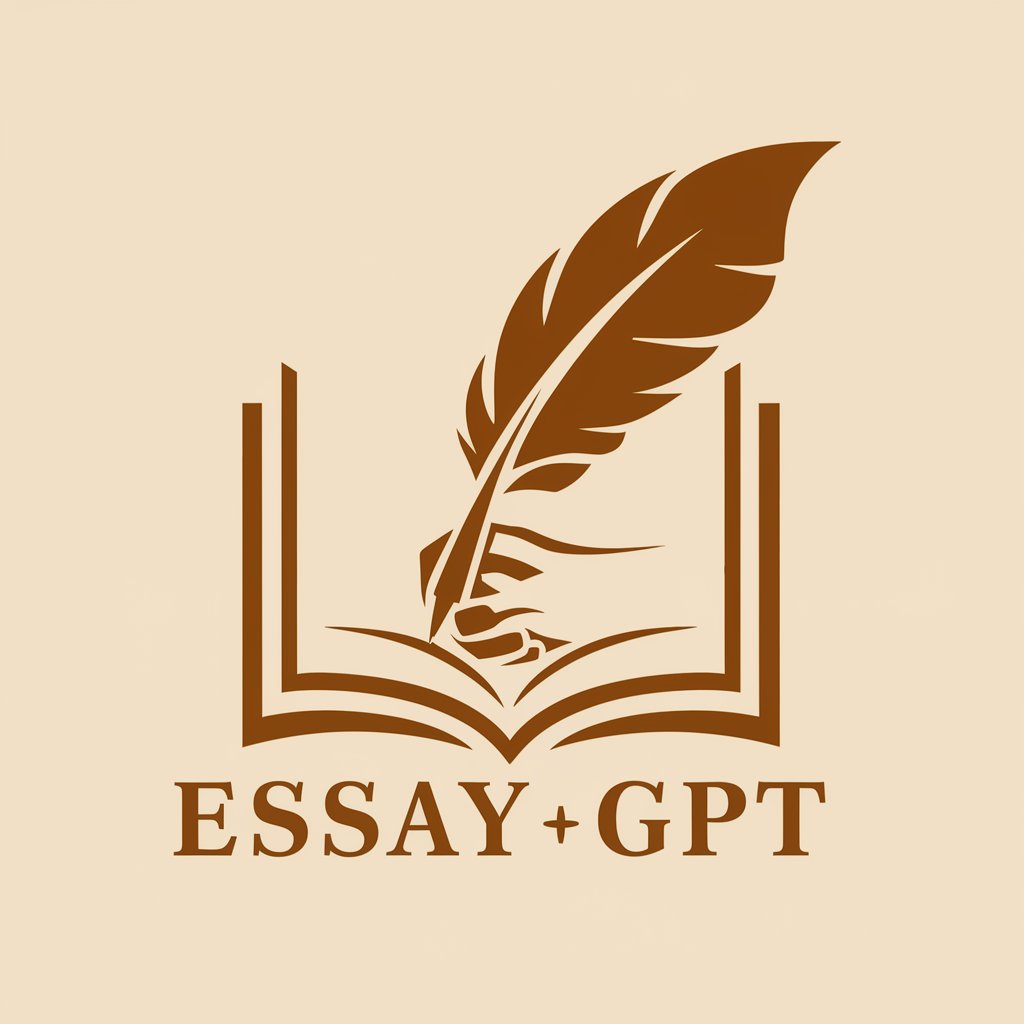
保育ナビ
Empowering Childcare with AI Insight

Universal Psychologist (UPC-10-L)
Empowering Minds with AI-Powered Psychology
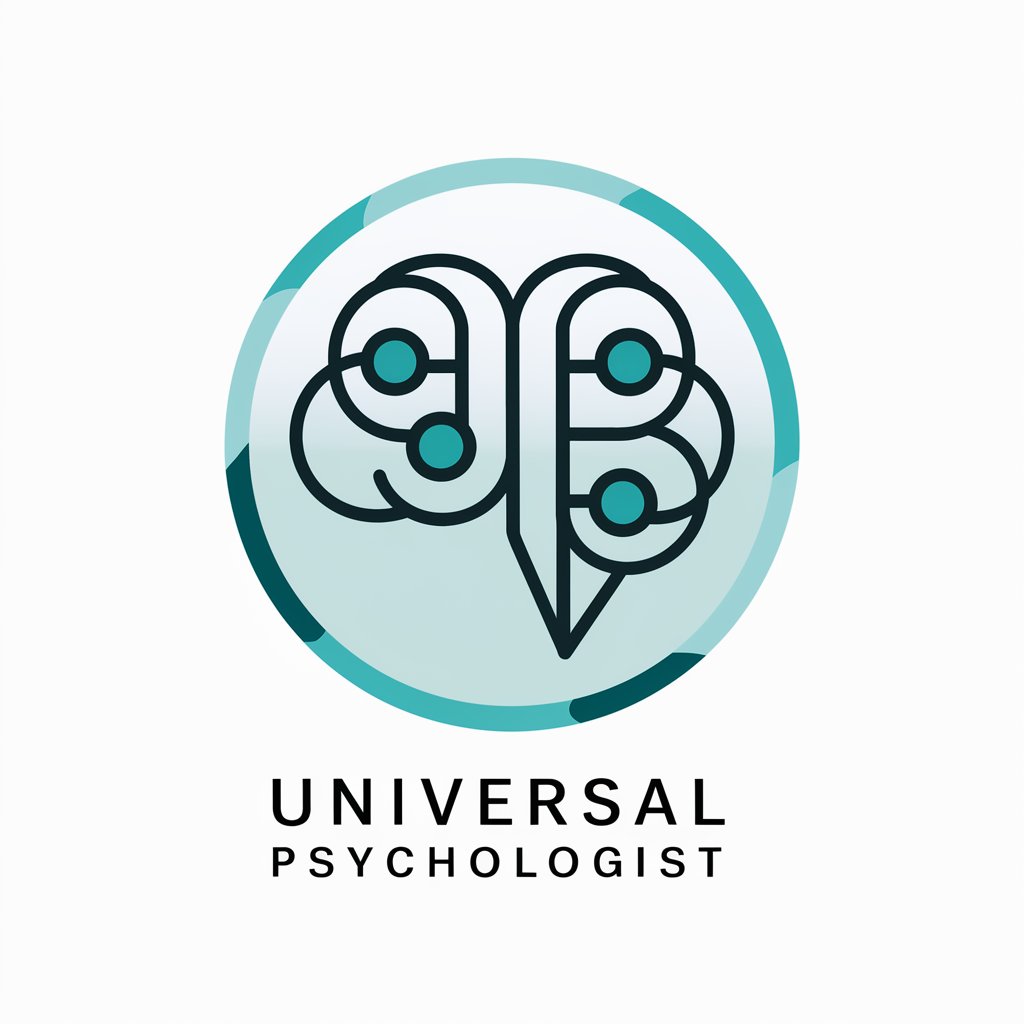
Paper Interpreter
Unlocking Knowledge in Research Papers
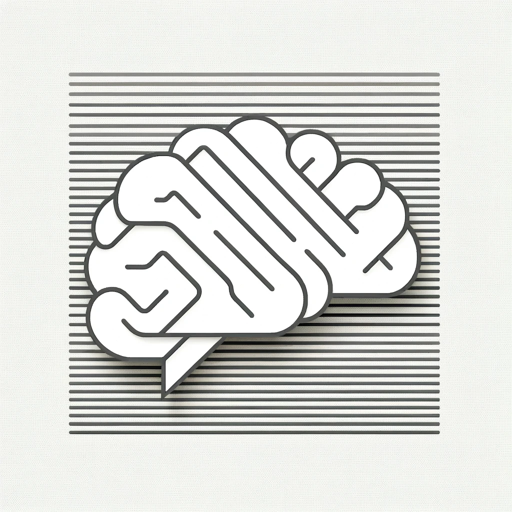
Android Dev Helper
Streamlining Android Development with AI
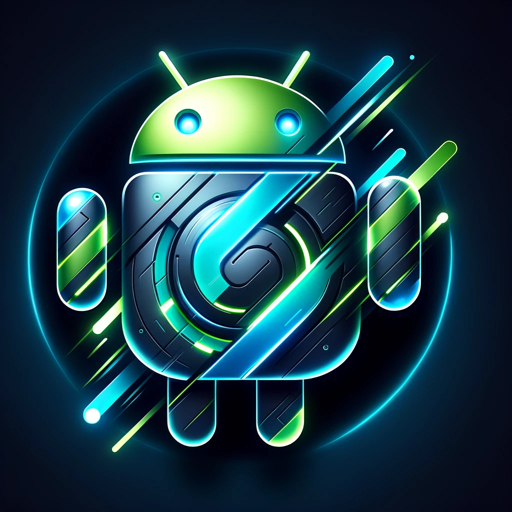
Virtual Confessor
AI-powered Spiritual Companion

Midlife Mentor
Navigating Midlife Career Changes with AI

MediMeme Maker
Crafting humor for healthcare heroes.
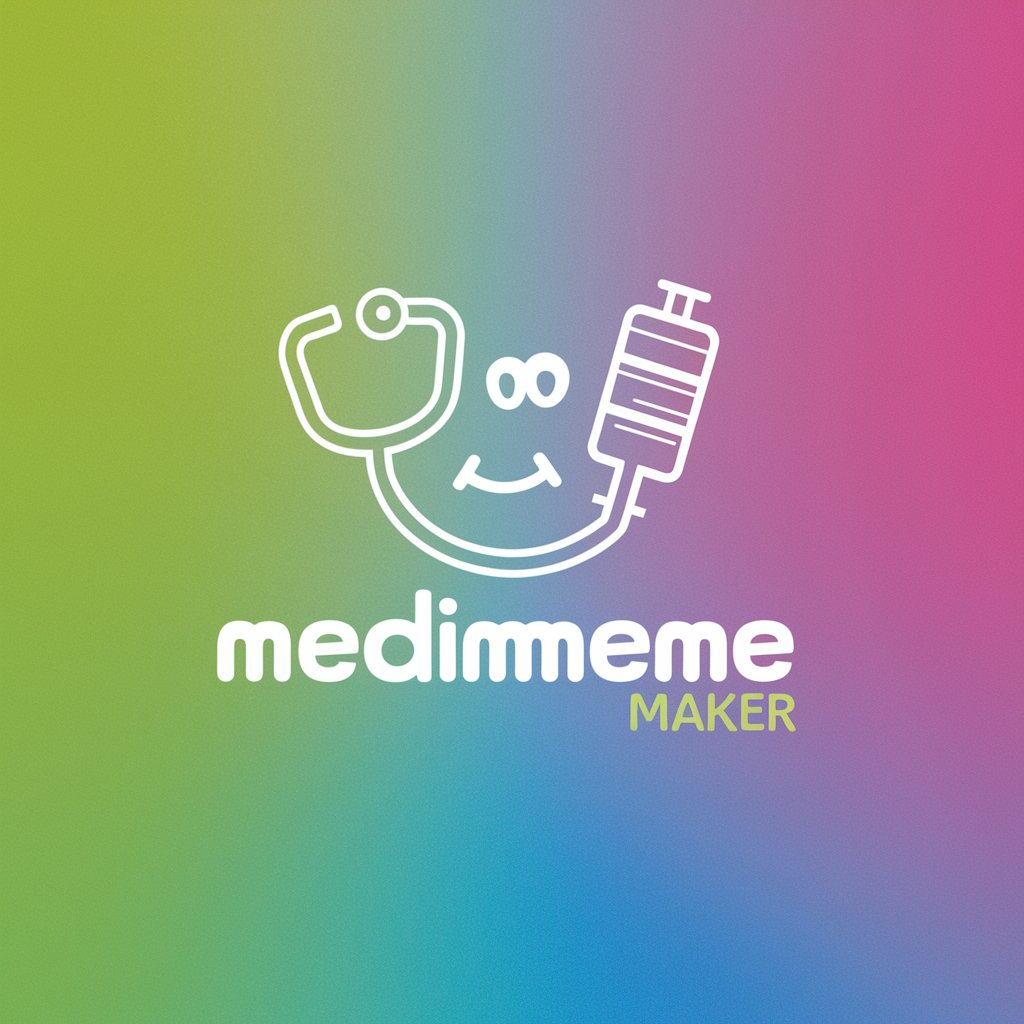
創業快速避坑-Biz Mentor
Empowering Your Business Journey with AI
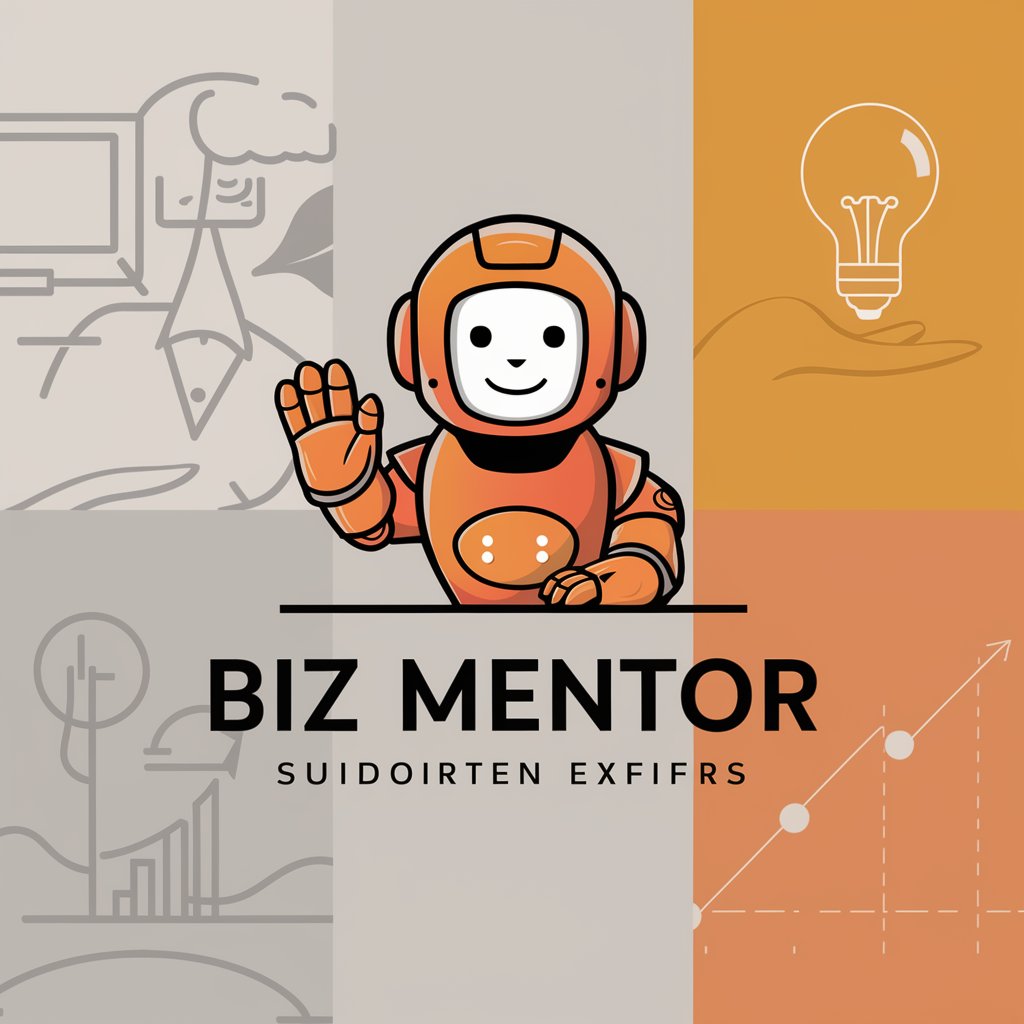
Ingredient GPT
Decipher Ingredients, Elevate Health

Analytics Ace
Unleash Analytics Power with AI
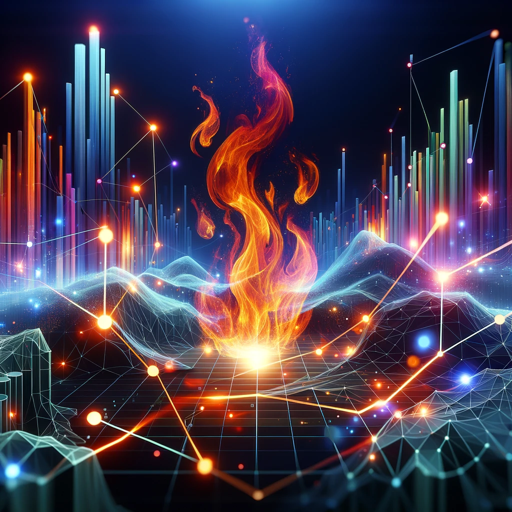
Code Explorer
Demystifying code with AI-powered analogies
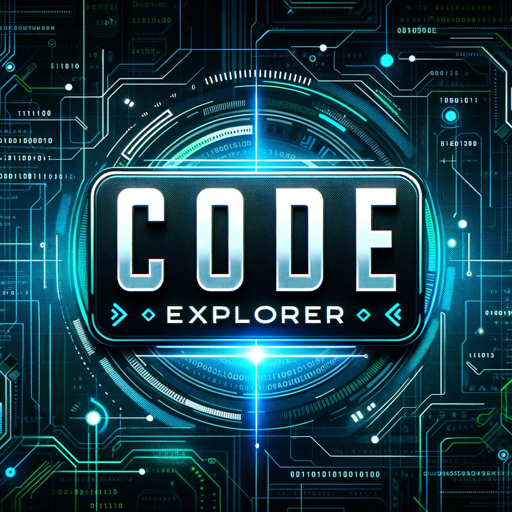
Frequently Asked Questions about SubgraphGPT [by Chainstack]
What is SubgraphGPT [by Chainstack]?
SubgraphGPT [by Chainstack] is an AI-powered tool designed to assist developers in creating and optimizing subgraphs for The Graph protocol. It provides detailed answers and guidance on subgraph development queries.
How can SubgraphGPT improve my subgraph development process?
SubgraphGPT can streamline your development process by providing instant, context-aware responses to your queries, reducing the need for extensive research and trial-and-error coding.
Can SubgraphGPT provide code snippets or examples?
Yes, SubgraphGPT can provide code snippets and examples that are tailored to your specific questions or problems, helping you understand practical implementations of subgraph concepts.
Is SubgraphGPT suitable for beginners in subgraph development?
Absolutely, SubgraphGPT is designed to cater to both beginners and experienced developers, offering detailed explanations and guidance suitable for various expertise levels.
How does SubgraphGPT ensure the accuracy of its responses?
SubgraphGPT relies on a vast knowledge base and sophisticated language models, continually updated with the latest information in subgraph development, to ensure the accuracy and relevance of its responses.
